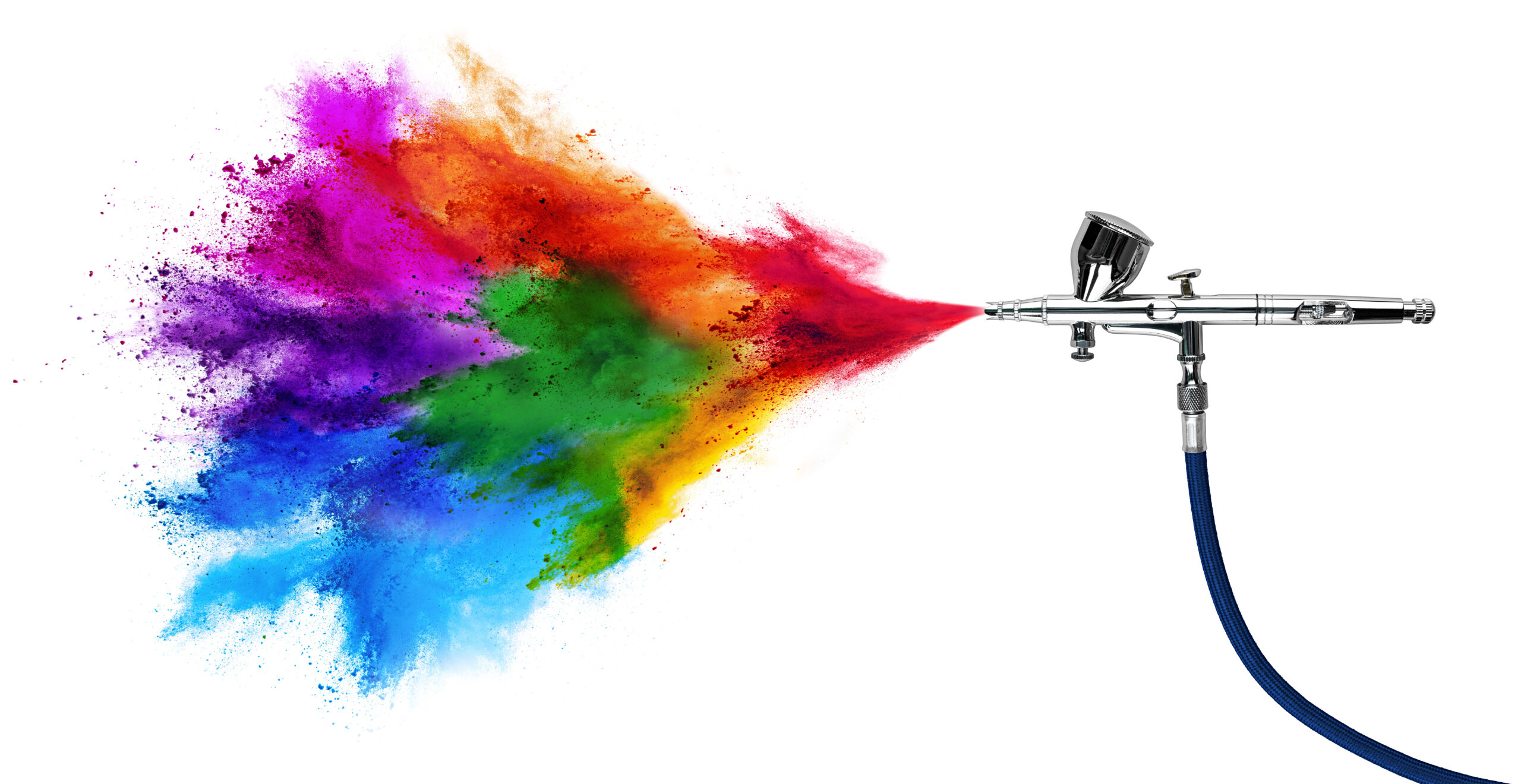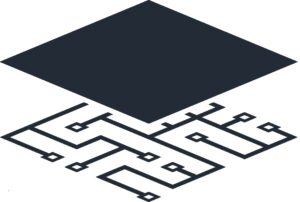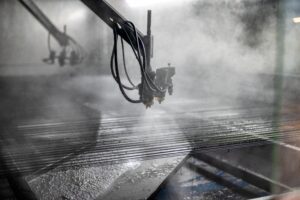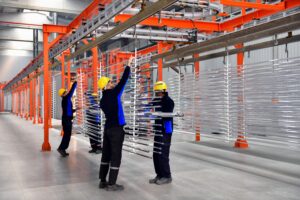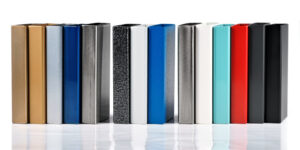Powder coatings offer tremendous durability and finish quality—but only when the powder itself is in optimal condition. Improper storage or rough handling can lead to clumping, poor flow, uneven coverage, and even complete rejection of parts. In this post, we’ll explore how temperature, humidity, and contamination each affect powder performance, and lay out best practices to keep your inventory reliable and your process efficient.
Why Proper Storage and Handling Matter
- Consistent Flow: Well-stored powder flows uniformly through hoppers and guns, ensuring predictable spray patterns and thickness.
- Optimal Adhesion: Powders maintained at the right conditions adhere evenly to grounded parts, minimizing re-sprays and touch-ups.
- Reduced Waste: By preventing agglomeration and caking, you avoid unusable powder and cut material costs.
- Quality Assurance: Controlled storage protects resin chemistry and additive dispersion—critical for appearance, corrosion resistance, and longevity.
Impact of Temperature on Powder Performance
- Softening and Caking
- Many thermoset powders begin to soften above 25 °C (77 °F). In warm warehouses, particles can stick together, forming “cakes” that jam feeders.
- Loss of Additive Activity
- UV-curable and specialty powders often include light stabilizers or catalysts that degrade if exposed to high heat, leading to uneven cure or discoloration.
- Recommended Guidelines
- Store between 15 °C and 25 °C (59 °F–77 °F).
- If ambient temperatures exceed this, use climate-controlled cabinets or air-conditioned rooms.
- Avoid placing pallets near heat sources (furnaces, boilers, direct sunlight).
Influence of Humidity on Powder Flow
- Moisture Uptake: Hygroscopic resins and additives absorb water vapor, causing particles to swell and stick.
- Poor Electrostatic Charging: Excess surface moisture prevents powders from holding a stable charge, dropping transfer efficiency.
- Clumping in Hoppers: Damp powders bridge over feed-inlets, interrupting continuous feeding.
Best Practices:
- Maintain relative humidity below 50 % in storage areas.
- Use dehumidifiers in zones with seasonal swings or high ambient humidity.
- Keep containers sealed when not in use; reseal opened bags immediately.
Preventing Contamination
- Cross-Contamination Between Colors/Types
- Never mix powders from different batches, colors, or chemistries in the same hopper. Even trace amounts can produce off-tone finishes.
- Dust and Debris
- Sweep and vacuum storage floors daily. Use dedicated tools (brooms, vacuums) and label them “Powder-Only.”
- Oil, Grease, and Solvents
- Keep storage and staging areas separate from maintenance shops. Contaminants can foul electrostatic charging and adhesion.
Storage Best Practices
- First-In, First-Out (FIFO): Rotate stock by date to use older powder first—avoiding long-term degradation.
- Raised Pallets: Store bags on pallets at least 15 cm (6 in) off the floor to prevent water ingress from spills or cleaning.
- Clear Labeling: Mark each bag with date received, batch number, and recommended “use by” date (typically 12 months).
- Sealed Containers: For opened bags, transfer powder into airtight plastic bins with desiccant packs.
Handling Guidelines
- Gentle Pouring: Avoid dropping bags from height—impact can break particles and generate fines that don’t charge properly.
- Dedicated Tools: Use color-coded scoops, funnels, and brushes to prevent mix-ups.
- Static Control: Ground metal tools and containers to avoid accidental spark discharge near powder clouds.
Monitoring and Quality Control
- Moisture Analysis: For critical applications, sample powders monthly with a moisture analyzer.
- Visual Inspections: Check for lumps or discoloration before every shift. Reject any lot showing signs of clumping.
About coatingAI
At coatingAI, our mission is to optimize the powder coating industry and ensure reduced powder waste, transforming powder coating processes into a precise science. By combining industry expertise with AI solutions, we’ve developed Blueprint™ OS—which helps manufacturers achieve unmatched efficiency, quality, and sustainability.
Are you interested in ensuring consistent powder quality, reducing waste, and improving finish uniformity?
Schedule our onsite demo of the Blueprint™ OS today.

